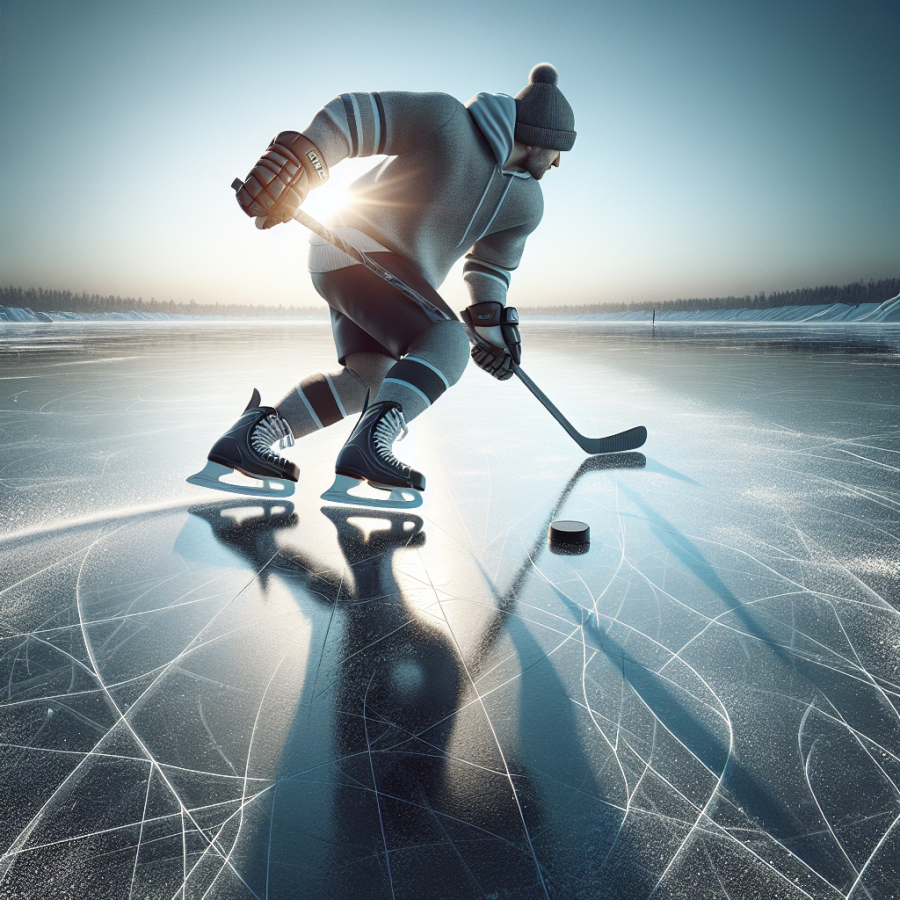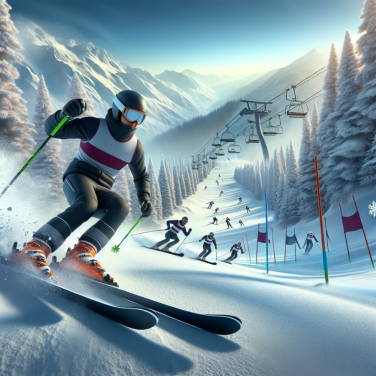Perfecting the Fundamentals: Core Hockey Skating Skills
Mastering the fundamentals of ice skating is the backbone of any successful hockey player's skill set. Skating is not just a means of navigating the ice; it's the foundation upon which all other hockey skills are built. Therefore, developing proficiency in core hockey skating skills is paramount for any player who wishes to elevate their game. From balance and agility to speed and control, let's delve into the essential elements of ice skating tailored towards hockey players.
Balance and Edge Work: Everything begins with balance. A low center of gravity is vital, as it enables you to remain stable on your skates while moving at high speeds or when executing tight turns. Hockey requires the ability to use both the inside and outside edges of your skate blades effectively. Drills such as edge glides, where players shift their weight from one skate to another while gliding, can improve edge work. Sharp turns and quick stops are facilitated by how well a player can manage their edges.
Stride Efficiency: An efficient stride is one where there's minimal energy waste. Each push should be from the heel to the toe, with the skate blade pushing off the ice at a 45-degree angle. A full extension of the pushing leg ensures maximum power. The recovery of the stride should bring the foot back under the body quickly to maintain speed.
Crossovers: Crossovers are critical for maintaining speed in turns. When turning left, for instance, the right leg crosses over the left, and vice versa. The technique involves precise coordination, with the inside foot pushing off and the outside foot crossing over to maximize momentum and maintain an uninterrupted flow.
Pivoting and Transitions: Hockey is a game of constant motion and changing directions. Mastering pivoting is crucial for quick transitions from forward to backward skating and vice versa. Players practice by dropping one shoulder and swinging the hips around while maintaining balance and control. This allows for smooth direction changes while keeping an eye on the play.
Agility Drills: Quick feet and high maneuverability on the ice are achieved through agility drills. These drills may include cone weaving, where skaters weave in and out of a line of cones, and ladder drills, where players work on rapid foot movement and changes in skating direction.
Stopping and Starting: In hockey, the ability to start and stop quickly can be the difference between winning and losing a race for the puck. Hockey stops involve a quick turn of the hips and a sharp edge into the ice, causing friction and reducing speed.
Read also:
Will Soccer Eventually Dominate the American Sports Landscape?
Advanced Hockey Skate Maneuvers: Taking Your Ice Skating to the Next Level
Certainly! As we look to expand the professional blog section with advanced hockey skate maneuvers, we aim to help experienced skaters polish their skills and push their abilities further.
One essential maneuver is the 'Mohawk Turn'. This move, named after a figure skating element and adapted for hockey, involves turning the body while transitioning from forward to backward (or vice versa) without changing the direction of travel. Perfecting the Mohawk Turn can drastically improve a player’s agility and ability to maintain puck control under pressure.
Another pivotal move in the arsenal of advanced maneuvers is the 'Tight-Turn'. When executing a tight turn, a player drops their inside shoulder, bending the knees and leaning into the turn. This allows for an efficient and quick change in direction, which can be the difference between maintaining possession or losing the puck. Enhancement of edge control is vital here to turn sharply without losing speed.
Next is the 'Power Pull'. This technique is vital for quick direction changes in tight spaces. It combines a loaded stride with a tight turn and a change in pace. To perform a power pull, a player must push off forcefully with the outside foot while pulling the puck inwards towards the turn. It is a move that requires astute timing, precise coordination, and strong edge work.
The 'Crossover Acceleration' is an important maneuver to gain speed while changing direction. Whether coming out of turns or starting from a standstill, effectively using crossovers to accelerate is a fundamental skill for advanced players. It involves a rhythmic motion of crossing one skate over the other to propel the body forward.
Enhancing puck handling while performing these maneuvers is also crucial for a hockey player. Advanced stickhandling drills that can be integrated into skating exercises include the 'One-Handed Reach Drill', where players challenge their reach and balance by extending the puck far to one side while maintaining control, and the 'Toe Drag Agility Drill', which combines toe dragging the puck with rapid changes in skating direction.
Defensive maneuvers should not be overlooked. The 'Pivot' is a key skill that allows a player to switch from skating forwards to backwards (and vice versa) while keeping the body square to the play. This is fundamental for defensemen to cover fast-moving forwards and for forwards to quickly transition between offense and defense.
Finally, let's not forget the 'Stopping and Starting' aspect. Effective hockey involves explosive starts and equally sharpened stops.




